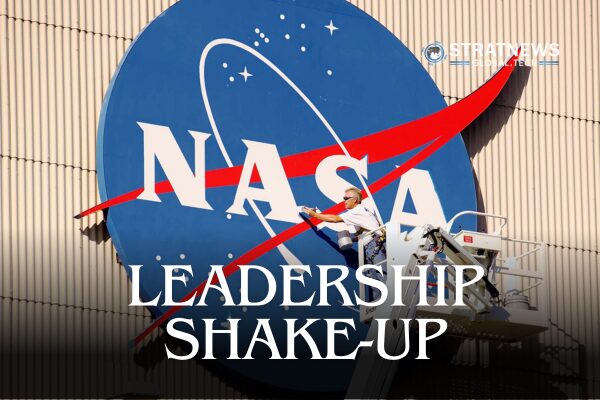Senior Officials Depart as NASA’s Direction Remains Unclear
NASA is losing four key senior officials linked to its Artemis moon program, adding uncertainty to the agency’s space exploration plans. The departures come as SpaceX CEO Elon Musk and President Donald Trump shift focus toward potential Mars missions, raising questions about NASA’s long-term priorities.
Jim Free, NASA’s associate administrator and a strong defender of the Artemis program, will retire on Saturday. Meanwhile, three high-ranking officials from NASA’s Marshall Space Flight Center (MSFC) in Huntsville, Alabama, have also stepped down. Their acting replacements were announced internally on Tuesday. No successor for Free has been named.
NASA has not publicly commented on these leadership changes.
Musk’s Influence and NASA Future Plans
The leadership changes come as Musk plays an increasingly influential role in shaping NASA’s future. With SpaceX holding $15 billion in NASA contracts, including one to land humans on the moon with its Starship rocket, Musk is now reviewing NASA programs as a “special employee” of the Trump administration. His influence could lead to cuts in staff and programs, potentially shifting NASA’s focus from the moon to Mars.
Trump initially prioritized the moon during his first term, aiming to establish long-term lunar bases as a stepping stone for future Mars missions. However, recent discussions suggest a growing preference for direct Mars exploration. This shift has created uncertainty within NASA, which has already spent years restructuring its $25 billion annual budget around the Artemis program.
Jeff Bezos, whose space company Blue Origin also has a multi-billion-dollar contract with NASA for moon landings, has urged the Trump administration to maintain the Artemis program. However, Trump advisors have criticized NASA’s Space Launch System (SLS) as costly and inefficient, making its future unclear.
Workforce Concerns and Leadership Changes
NASA employees are also facing uncertainty regarding potential layoffs. The Trump administration had initially ordered the termination of around 1,000 probationary employees, raising concerns among agency staff. However, following internal pushback, acting administrator Janet Petro informed senior officials that NASA would be temporarily exempt from the order.
Petro, previously the director of NASA’s Kennedy Space Center, was appointed to her acting role after the Trump administration sidelined Free. Many within NASA see her appointment as a move to prevent Free from protecting the Artemis program from potential restructuring.
Meanwhile, hundreds of NASA employees have accepted buyout offers amid broader agency changes.
The Future of NASA Under New Leadership
The upcoming confirmation of Trump’s nominee for NASA administrator, billionaire entrepreneur and private astronaut Jared Isaacman, will be closely watched. His leadership could further shape NASA’s priorities and determine whether the Artemis program remains central to U.S. space exploration or if Mars missions take precedence.
With Musk’s increasing influence, ongoing leadership changes, and budget uncertainties, NASA’s future remains in flux. The agency’s nearly 18,000 employees now await further clarity on the direction of America’s space ambitions.
With inputs from Reuters


